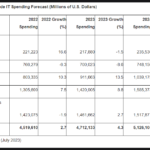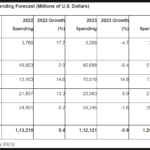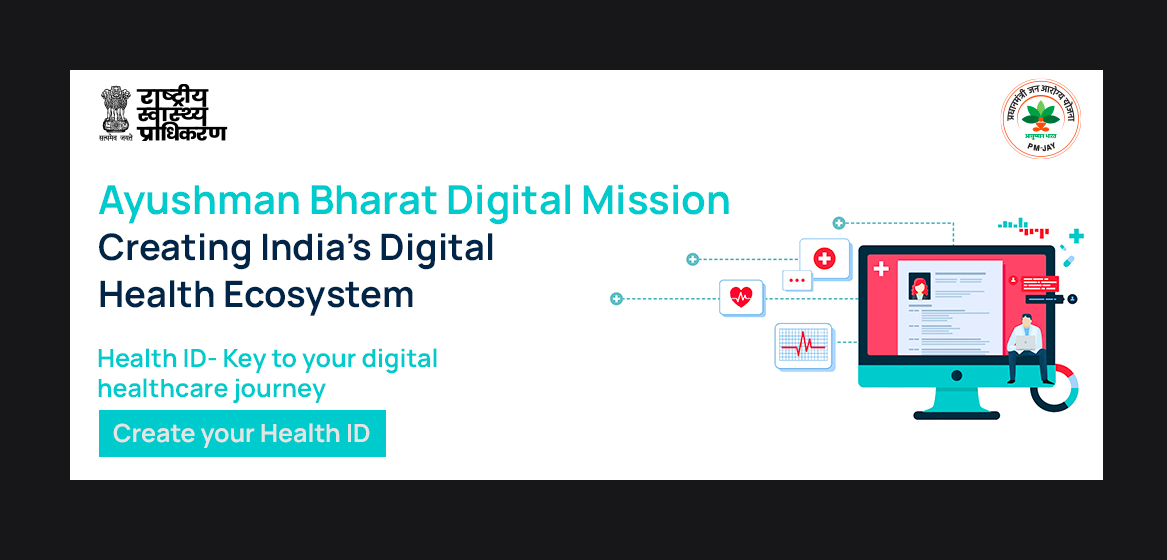San Francisco, NFAPost: Worldwide information technology (IT) spending is projected to total $4.7 trillion in 2023, an increase of 4.3% from 2022, according to the latest forecast by Gartner, Inc.
As CIOs continue to lose the competition for IT talent, they are shifting spending to technologies that enable automation and efficiency to drive growth at scale with fewer employees.
Gartner Distinguished VP Analyst John-David Lovelock said digital business transformations are beginning to morph.
“IT projects are shifting from a focus on external facing deliverables such as revenue and customer experience, to more inward facing efforts focused on optimisation,” said Gartner Distinguished VP Analyst John-David Lovelock.
The software segment will see double-digit growth in 2023 as organizations increase utilization and reallocate spending to core applications and platforms that support efficiency gains, such as enterprise resource planning (ERP) and customer relationship management (CRM) applications. Vendor price increases will also continue to bolster software spending through this year.
While the overall outlook for enterprise IT spending is positive, devices spending will decline 8.6% in 2023 due to the ongoing impact of inflation on consumer purchasing power (see Table 1).

Gartner Distinguished VP Analyst John-David Lovelock said the devices segment is experiencing one of its worst growth years on record.
“Even as inflation eases slightly in some regions, macroeconomic factors are still negatively impacting discretionary spending and lengthening device refresh cycles. Devices spending is not expected to recover to 2021 levels until at least 2026,” said Gartner Distinguished VP Analyst John-David Lovelock.
In India, IT spending is projected to total $112.2 billion in 2023, which is slightly higher than last quarter’s update. Despite being cautious, Indian CIOs will continue investing in improving employee productivity and customer experience (CX), leading to a 14.6% annual growth in enterprise software spending. Talent shortages remain a perennial concern that is projected to drive an 8.0% annual growth in IT services spending in India.
Consumer sentiment continues to deteriorate due to rising inflation, and this is expected to result in an 8.4% reduction in devices spending (see Table 2).

Enterprises Will Incorporate Generative AI Through Existing Tools
While generative artificial intelligence (AI) is top of mind for many business and IT leaders, it is not yet significantly impacting IT spending levels. In the longer-term, generative AI will primarily be incorporated into enterprises through existing spending.
Gartner Distinguished VP Analyst John-David Lovelock said Generative AI’s best channel to market is through the software, hardware and services that organisations are already using.
“Every year, new features are added to tech products and services as add-ons or upgrades. Most enterprises will incorporate generative AI in a slow and controlled manner through upgrades to tools that are already built into IT budgets,” said Gartner Distinguished VP Analyst John-David Lovelock.
When it comes to AI this year, Gartner Distinguished VP Analyst John-David Lovelock said organisations can thrive without having AI in production but they cannot be without a story and a strategy.
Gartner’s IT spending forecast methodology relies heavily on rigorous analysis of the sales by over a thousand vendors across the entire range of IT products and services. Gartner uses primary research techniques, complemented by secondary research sources, to build a comprehensive database of market size data on which to base its forecast.
The Gartner quarterly IT spending forecast delivers a unique perspective on IT spending across the hardware, software, IT services and telecommunications segments. These reports help Gartner clients understand market opportunities and challenges. The most recent IT spending forecast research is available to Gartner clients in “Gartner Market Databook, 2Q23 Update.”





